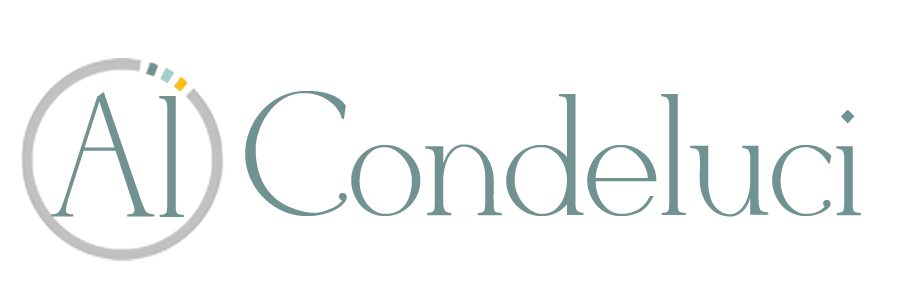I just got back home from Sault St Marie, Ontario, where I was meeting with the good folks from Community Living Algoma. They invited me to share ideas on community engagement, social capital, and ways that they can help the folks they serve become more involved in their communities. It is a topic I have been focused on for a number of years and a goal that my own organization, CLASS, is working on as we try to bring action to our mission, "working towards a community where each belongs."
In this process, I have been thinking about, and studying this topic of social capital, community engagement, and how cultures can change and adapt to include more people. We talk about it often at CLASS (www.classcommunity.org), and through the Interdependence Network (www.buildingsocialcapital.org) , an international coalition, we have done some research on the topic by surveying folks with disabilities to see how engaged they are as compared to people without disabilities.
While I was in Sault St Marie, during a break in one of our sessions, an attendee I was chatting with, commented on how deep and complex the topic of "social capital" was and suggested that it was an "intellectual" exploration. She called me an "intellectual;" and, although I think she was offering a compliment, this got me thinking. Is just reflecting on a topic a bit more, and looking at it from a number of angles, an intellectual process? Am I really an "intellectual," a term I would never use to describe myself. In fact, what does being intellectual actually mean?
When I hear the word "intellectual" or think about the intellectual process, I am drawn to reflect on school, or the university, or the laboratory. These settings, to me, are the places where intellectual thinking occurs, and deeper exploration unfolds. Professors, and researchers, and academics, these are the "intellectuals."
Most of us would not describe ourselves as "intellectuals." I am a practitioner who works daily in the field. Yet, when you begin to think more deeply about a topic, this is an intellectual effort. And the more you think, and explore that topic, the more you find ways and means to not only understand, but to get better at applying things that can assist in mastering a topic. So, in a way, being intellectual about a topic is not only a good thing, but an essential one for any of us that are practitioners.
The other reflections from this persons comments revolved around the topic at hand. Most of us would agree that the notion of friendship and relationships are simple; and these simple things may require less intellect. Why spend time thinking deeply about simple things? Yet the notion of friendships, or social capital, simple as they may seem, are complex in their application. Just to understand this perspective, requires us to think more deeply.
So, in fact, being an "intellectual" is a good thing that we all should do more to embrace. Learning more about a topic, going deeper, is not just reserved for the university types, or academics; it is a process for us all, and especially for we practitioners.
